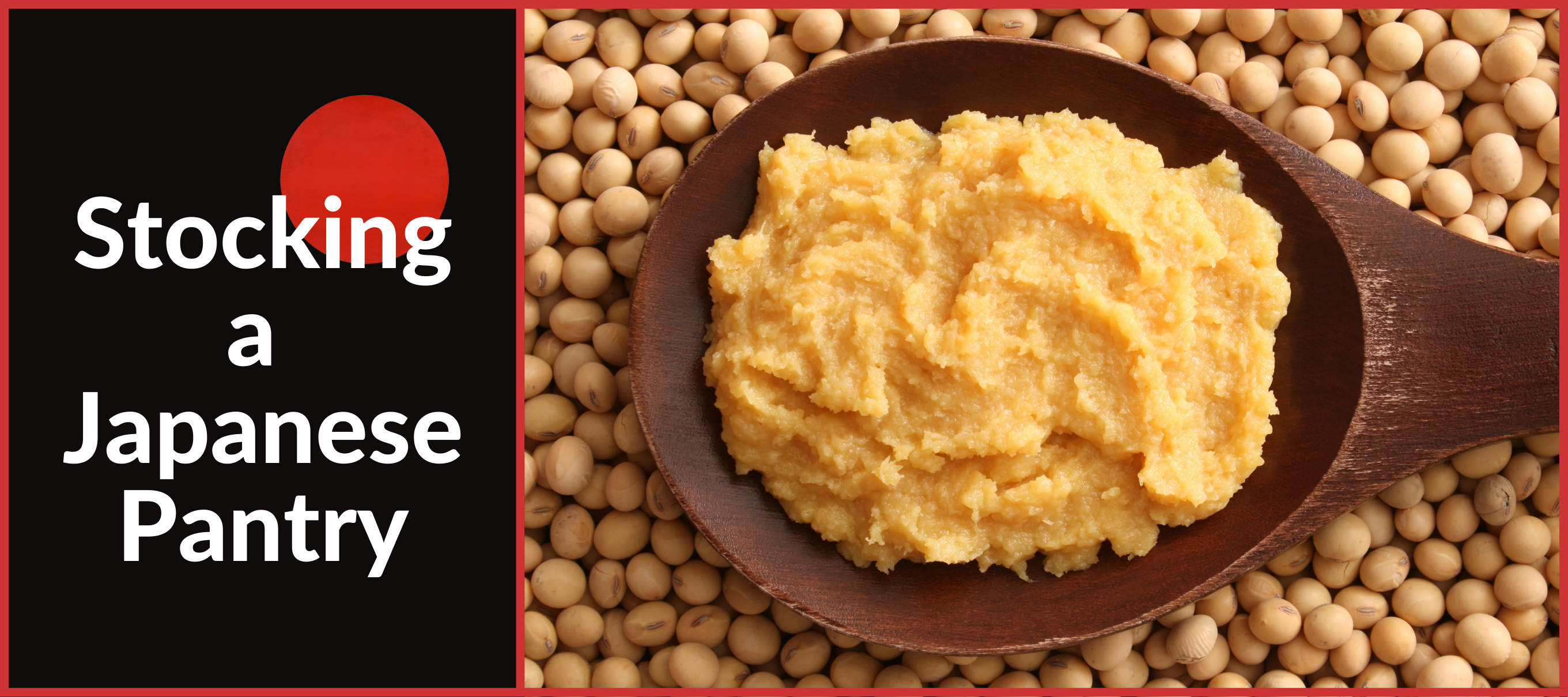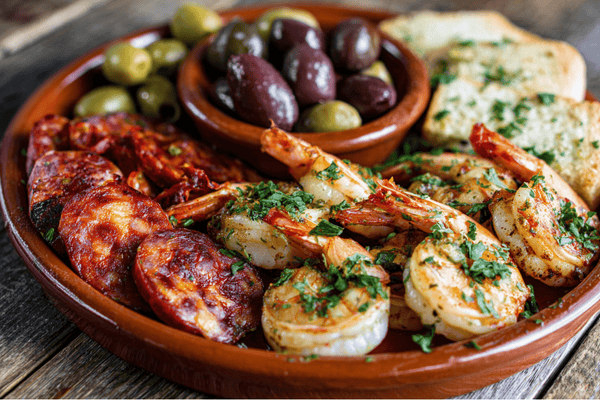 In our previous post looking at important ingredients for the Japanese pantry, we focused on soy sauce. While this is one of the most obvious ingredients used in Japanese cuisine, there is no denying that miso is probably the most well-recognised.
In our previous post looking at important ingredients for the Japanese pantry, we focused on soy sauce. While this is one of the most obvious ingredients used in Japanese cuisine, there is no denying that miso is probably the most well-recognised.However, in western culture, we often struggle with how to use miso or even understand what it really is. In this guide, I’ll introduce you to this staple Japanese ingredient and tell you exactly how to use it in your Japanese cooking.
Table of contents
Fermented Bean Paste AKA Miso
What Is Miso?
 If you have ever eaten Japanese food, then you’ve probably come across miso in one way or another. This paste is used in so many different things and one of the most well-known Japanese ingredients.
If you have ever eaten Japanese food, then you’ve probably come across miso in one way or another. This paste is used in so many different things and one of the most well-known Japanese ingredients.Miso paste is a fermented soybean paste that also features ingredients like rice. That said, there are a lot of different versions of miso and when you’re getting to know it, it’s worth trying different ones as they all have their own unique flavour and work well for different things. Here are some of the most common types of miso:
● Shiro - a white rice miso with a mellow flavour
● Shinsu - a yellow rice miso that is aged for a little longer
● Mugi - a sweeter and more gentle miso
● Aka - a red rice miso with a salty hit
● Hatcho - a soybean miso with a highly pungent aroma

One of the great things about miso is that it won’t ever go bad; you can eat it as far into the future as you would like. However, it is worth keeping in mind that the flavours and aromas will begin to fade if it isn’t consumed within a few months so typically, the Japanese would make the most of it and use it in their Japanese cooking while it is at its best.
What Does Miso Taste Like?
How miso tastes largely depends on the type of miso that you are using. Many people would call this the epitome of umami but there are so many intricate differences between the types.As a general rule, if you are eating lighter miso pastes then you can expect a sweet flavor that is very delicate. These are usually used in things like salad dressings, soup and noodle dishes. On the other hand, a darker miso paste, such as red miso, is a lot more pungent and strong.

You’ll find that there is a heavier salty taste and these types of pastes are typically used for things like braising and in stews.
How Do the Japanese Use Miso?
Miso is used in many Japanese dishes in a lot of different ways and which you choose will highly depend on what you are cooking. For example, if you opt for red rice miso then you would typically include this in much heavier dishes whereas white rice miso is great in a light soup or as an ingredient for making sauces.

Miso is commonly used for glazing meats and fish, particularly things like salmon and cod. Of course, this fermented soybean paste is also included in the hugely famous miso soup as well as dishes like risotto and even miso butter. In simmered dishes, dipping sauce, salad dressing or served alongside sushi, Miso really is one of the most essential Japanese ingredients and so embedded in Japanese food culture.
Final Thoughts
Like Japanese soy sauce, rice vinegar, sesame seeds and sushi rice, Japanese pantry staples also includes miso. This amazing and unique flavour is a staple in so many Japanese recipes and the array of different miso flavours allows you to find the best fit for you. Japanese soups, seafood dishes, fried foods, fermented rice - all sorts of sweet and savory dishes are taken to a different level with this flavour.


